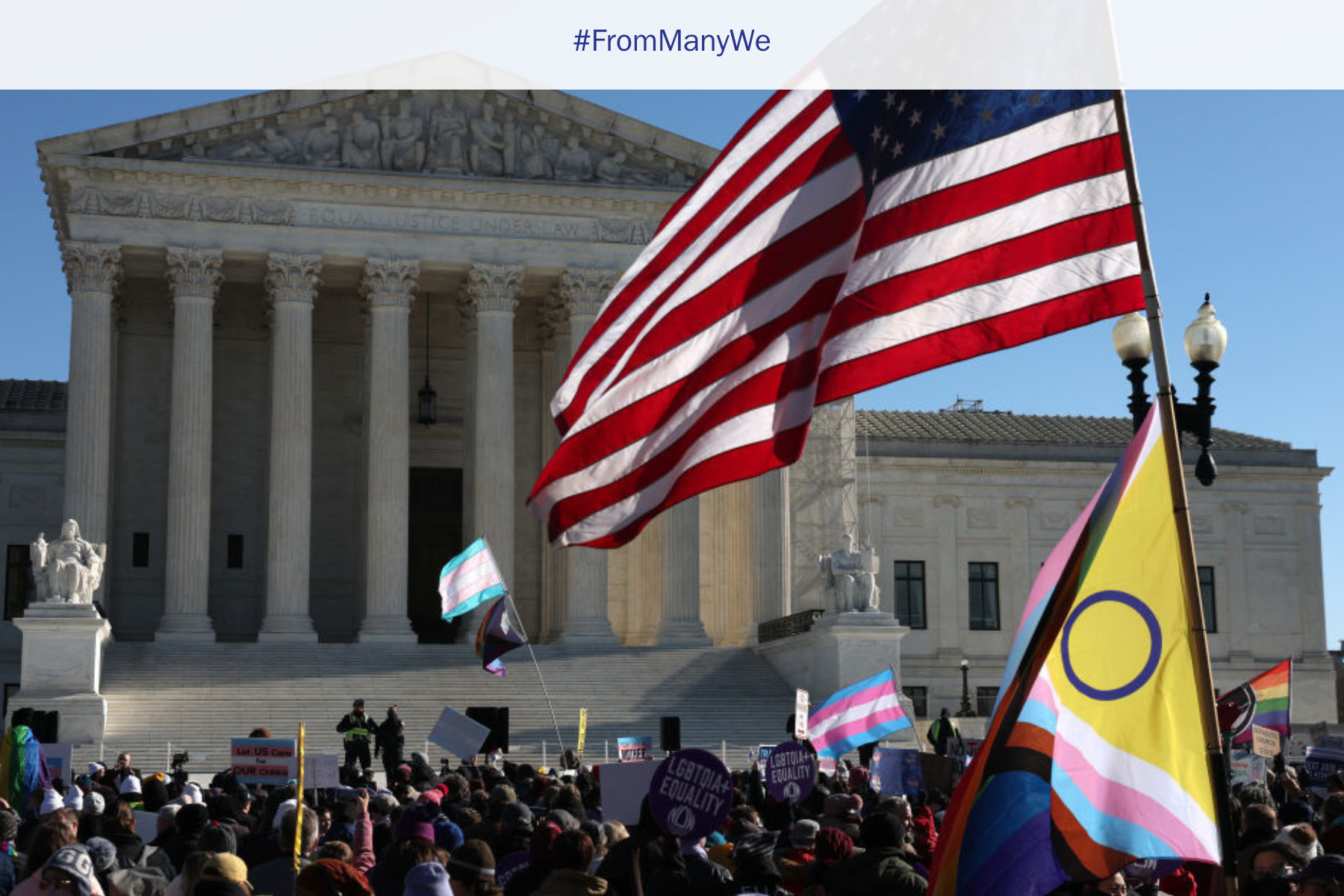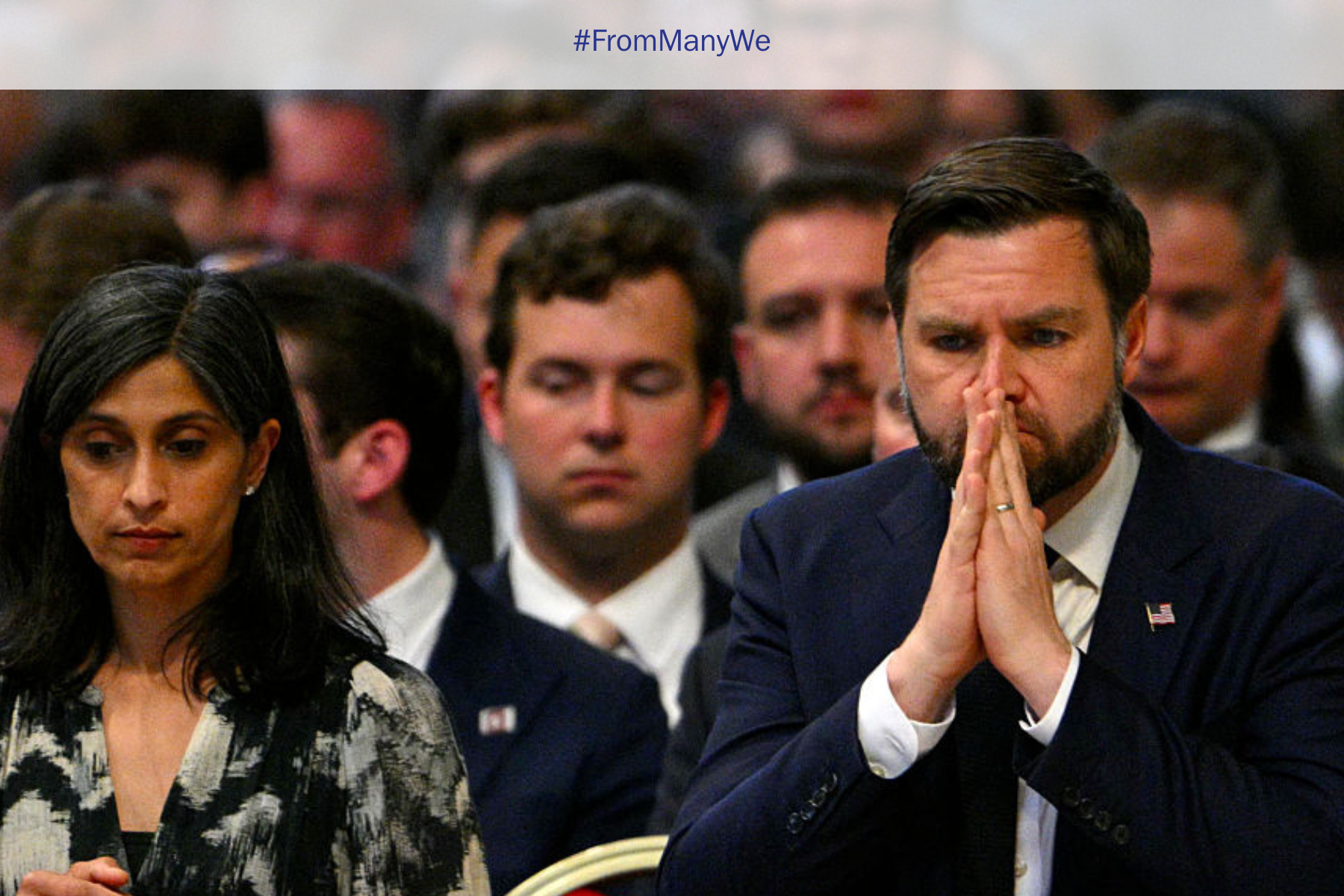Ohio’s Issue 1: A Case Study in Ballot Manipulation

Voters in Ohio are currently considering Issue 1, a ballot measure designed to discourage gerrymandering, which is the sorting of voters into manipulated districts to give one party an unfair advantage. If the measure fails, Ohio will continue with districts that have been declared gerrymanders in violation of the state constitution. Because of confusing ballot language, voters may misunderstand what the “yes” and “no” votes signify when reading their ballots.
The Republican-controlled Ohio Ballot Board wrote the language featured on the ballot, and the Republican majority of the Ohio Supreme Court subsequently upheld it. Those who support the Citizens Not Politicians’ redistricting campaign have called the language biased and intentionally misleading. Critics say the office of Secretary of State Frank LaRose, a Republican, created very specific partisan wording of the ballot language so that voters would be confused with its intent and function. Citizens who want to eliminate gerrymandering could instead end up voting to keep it.
Ohioans have been here before.
How Did Ohio Get Here?
Twice in the last decade, an overwhelming majority of voters approved two separate referenda designed to constrain gerrymandering. The constitutional amendments required the legislature to redraw fair and bipartisan districts. If lawmakers failed to do so, the amendments authorized the creation of a new panel to redraw the maps for them.
The panel, called the Ohio Redistricting Commission, is run by a Republican majority. The commission has drawn two maps that have been struck down by the state’s supreme court, which was then under the leadership of Chief Justice Maureen O’Connor, a moderate Republican. But Justice O’Connor retired, andthe panel delayed long enough for a federal court to greenlight another unfair map, which is likely to preserve the disproportionate supermajority that the Republican Party currently enjoys.
With the current maps ruled illegal but no legal maps to replace them, a group called Citizens Not Politicians was formed and created a petition to wipe the slate clean and start over. More than half a million Ohioans signed, and the proposition became Issue 1, which intends to repeal the earlier corrupted amendments by removing politicians from the redistricting process. Issue 1 proposes to create a truly neutral panel of five Republicans, five Democrats, and five independents. The new commission would feature residents from different geographic areas and demographics of the state. Current or former politicians, political party officials, lobbyists, and large political donors would be prohibited from sitting on it. The new maps drawn up by the panel would stress proportionality, which means the makeup of the legislature would roughly reflect the outcomes of elections.
If you are a small-d democrat (someone who holds democratic views but is not necessarily a member of the Democratic Party), there’s a lot to love about Issue 1. If you are a Republican lawmaker in a gerrymandered district, however, there’s a lot to fear. Voting districts that are fairly drawn and citizens who exercise political power are a threat to entrenched politicians in noncompetitive districts.
What Voters Should Look For
The wording of Issue 1 for the November ballot has been drafted by Ohio’s secretary of state, Republican Frank LaRose, and is as confusing as saying “up” is “down.” Ohio’s Issue 1 2024 general election ballot language begins as follows:
The proposed amendment would: 1. Repeal constitutional protections against gerrymandering approved by nearly three-quarters of Ohio electors participating in the statewide elections of 2015 and 2018, and eliminate the longstanding ability of Ohio citizens to hold their representatives accountable for establishing fair state legislative and congressional districts. 2. Establish a new taxpayer-funded commission of appointees required to gerrymander the boundaries of state legislative and congressional districts to favor either of the two largest political parties in the state of Ohio.
The ballot language should be clear that voting yes on Issue 1 discourages gerrymandering by removing politicians from the process. Instead, the wording says a new commission would be “required to gerrymander” new districts, the exact opposite of the proposal’s intent. The language also states these “gerrymanders” would create “partisan outcomes” despite the reality that existing maps have been rated D, according to the Princeton Gerrymandering Project, which “does nonpartisan analysis to understand and eliminate partisan gerrymandering at a state-by-state level.”
The language is clearly in the service of a Republican status quo, and the GOP-controlled state supreme court didn’t seem to mind. After the ballot language was challenged, the 4–3 majority that decided last month’s Citizens Not Politicians et al. v. Ohio Ballot Board appears to have overlooked deceptive wording, probably because they seek to preserve deep-rooted power and resist democratic reforms that might harm their partisan allies.
By manipulating the ballot language of Issue 1, Ohio’s entrenched politicians would use the initiative, a tool of democracy, against democracy. If the ballot measure does not pass, its opponents will rationalize its failure as reflecting the will of the people. After all, how do advocates for the ballot initiative explain to voters that the ballot initiative’s language is actually lying to them? Some could then argue that the challenge for democracy just got a lot harder.
Well, no one said democracy was easy.
John Stoehr is the editor and publisher of the Editorial Board, a newsletter about American politics in plain English.
From Many, We is a Charles F. Kettering Foundation blog series that highlights the insights of thought leaders dedicated to the idea of inclusive democracy. Queries may be directed to fmw@kettering.org.
The views and opinions expressed by contributors to our digital communications are made independent of their affiliation with the Charles F. Kettering Foundation and without the foundation’s warranty of accuracy, authenticity, or completeness. Such statements do not reflect the views and opinions of the foundation which hereby disclaims liability to any party for direct, indirect, implied, punitive, special, incidental, or other consequential damages that may arise in connection with statements made by a contributor during their association with the foundation or independently.








